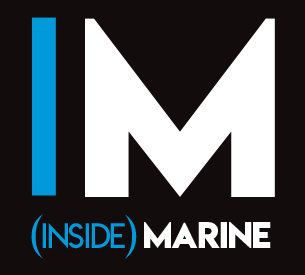Cathodic protection and remote monitoring expert Omniflex has completed the addition of remote monitoring to the existing cathodic protection systems at five berths in Port Kembla, NSW, Australia. The existing impressed current CP systems vary in age – some installed as far back as the 1980s – and the port owners, NSW Ports, enlisted Omniflex to install remote monitoring to these CP systems to enhance surveillance and provide accurate energy monitoring.
The available space to mount remote monitoring equipment inside each CP system enclosure was different, so Omniflex designed custom configurations for each monitoring system. CP systems on both concrete and steel structures are monitored, with different numbers of transformer/rectifiers, anodes and reference electrodes, which further complicated the monitoring requirements.
The measurement data is sent via the 4G mobile phone network to the NSW Ports Data2Desktop web portal, which integrates these CP systems at Port Kembla into the NSW Ports existing remote berth monitoring. This single portal monitoring all the NSW Ports CP assets provides a convenient single point for monitoring of cathodic protection performance and energy consumption.
“Monitoring of CP systems involves measuring T/R output voltages as high as 60 volts, individual anode currents using existing current shunts which are only millivolts, and reference electrodes which require very high input impedances.” explained David Celine, CEO of Omniflex. “Our PowerView iRef8 monitoring unit, with its individual channel isolation, high input impedance and multiple measurement ranges is purpose designed for these CP monitoring applications.
“Traditionally, checking cathodic protection functionality is done by inspection once every six or twelve months. Corrosion is silent and any failures such as disconnected anodes or failed power supplies could go unnoticed for up to a year, leaving structural steel unprotected against corrosion.”
Tracking the electricity usage of CP systems has other benefits too. Firstly, energy consumption can be quantified for cost allocation purposes, especially if third parties are operating the berths. Furthermore, a business’ sustainability depends on accurately measuring its carbon footprint, and monitoring energy usage of CP systems is key to meeting this goal.


